With the increasingly severe global climate change issue, governments, scientists, and environmental organizations around the world have issued urgent appeals in recent years, urging more action to address this global challenge.
On September 22, 2020, China officially proposed the "dual carbon" goals of achieving carbon peak by 2030 and carbon neutrality by 2060 at the 75th United Nations General Assembly.
At this point, China has successively released a series of top-level design documents and some supporting policies for carbon peaking and carbon neutrality at the national and local levels, aiming to provide policy guidance for the comprehensive green transformation of economic and social development and enhance the driving force of high-quality development.
As the most important population and industrial gathering area, the park is currently the main spatial carrier for economic and social activities, and must bear the responsibility of zero carbon upgrading. Therefore, enterprises in various regions have responded to national policy requirements and vigorously promoted the pace of industrial transformation and upgrading. In recent years, a number of low-carbon parks, near zero carbon parks, and zero carbon smart parks have emerged.
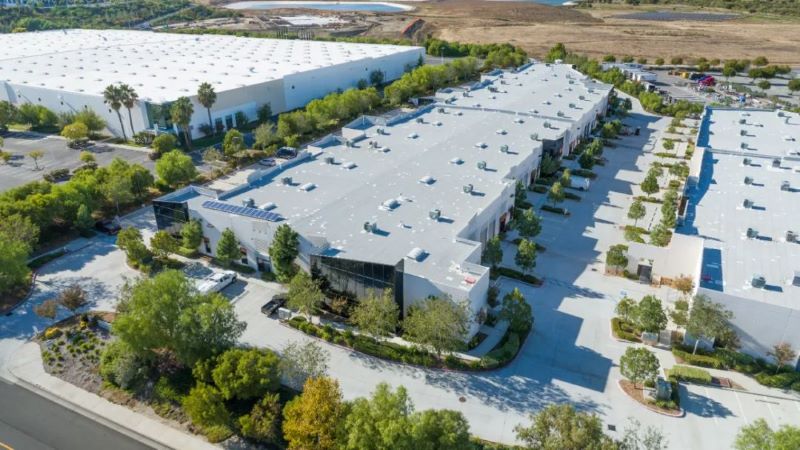
Among them, a zero carbon smart park refers to the systematic integration of carbon neutrality concepts in the planning, construction, management, and operation of the park, relying on a zero carbon operating system to accurately calculate and plan carbon neutrality goals and practical paths, comprehensively monitoring the generation and reduction process of carbon elements through ubiquitous perception, integrating carbon neutrality measures such as energy conservation, emission reduction, carbon sequestration, and carbon sequestration through digital means, and achieving low-carbon industrial development through intelligent management A new type of industrial park with green energy transformation, centralized and shared facilities, and resource recycling, achieving self balance of carbon emissions and absorption within the park, and deep integration of production, ecology, and life.
In short, a zero carbon smart park is a park development model that, under the background of "dual carbon", undergoes dynamic evolution of low-carbon and near zero carbon, as well as continuous optimization and iteration of planning, construction, and operation integration, ultimately achieving net zero carbon emissions.
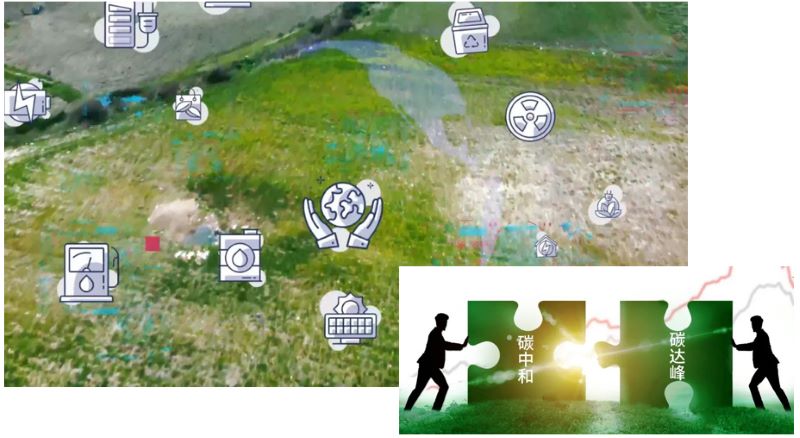
To build a zero carbon smart park, it is necessary to rely on advanced "zero carbon" technologies, including zero carbon new energy technology, zero carbon energy storage technology, and energy internet technology. And zero carbon energy storage technology is a crucial part of it.
Zero carbon energy storage technology is one of the key technologies supporting China's large-scale development of new energy and ensuring energy security. Currently, electrochemical energy storage technologies represented by lithium batteries have entered commercial and large-scale applications.
According to the national key project of "Energy Storage and State Grid Technology" during the 14th Five Year Plan period, new energy storage technologies applied in the fields of renewable energy and smart grids will become the focus of research and application.
As the "brain" in the energy storage system, BMS plays a crucial role, integrating functions such as electrical energy control, conversion, distribution, and detection. In BMS, AFE chips are particularly important as they directly determine the quality of the entire BMS system solution. At present, AFE chips have become the technological high ground for major manufacturers to compete for energy storage.
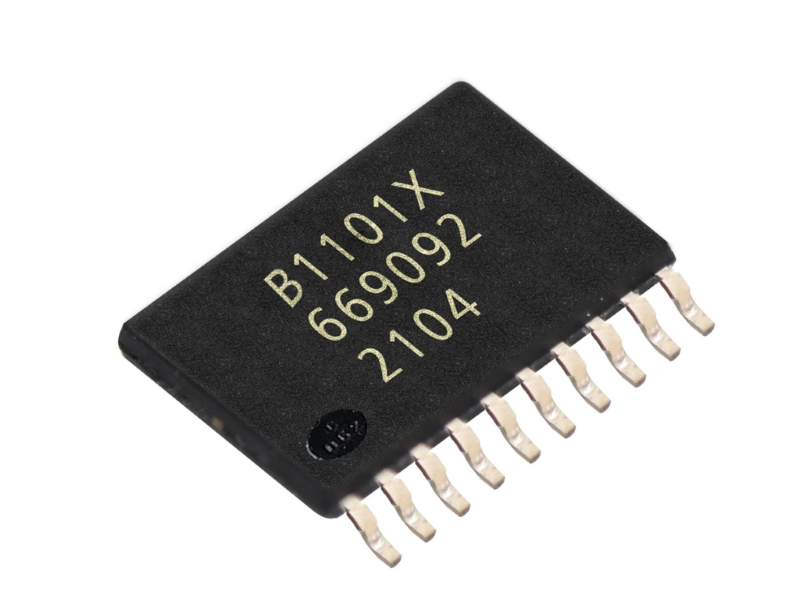
Datang NXP (DNS) has been deeply involved in the field of new energy vehicles and industrial energy storage for many years. Its flagship product, the engineering grade AFE chip DNB1101, is designed specifically for industrial and commercial energy storage system applications, providing better hardcore support for BMS safety upgrades and functional upgrades.
As the guardian of energy storage system security, DNB1101 is a globally leading single battery monitoring chip with integrated (EIS) AC impedance spectrum monitoring function. The chip has passed the vehicle specification level AEC-Q100 certification. The chip integrates a variety of high-precision battery parameter monitoring, supporting voltage, temperature, AC impedance detection, balancing, and various fault diagnosis functions. It can provide exclusive battery online "CT" detection technology worth hundreds of thousands of yuan for batteries, providing a new detection dimension for battery management systems, and achieving health monitoring of the entire battery life cycle.
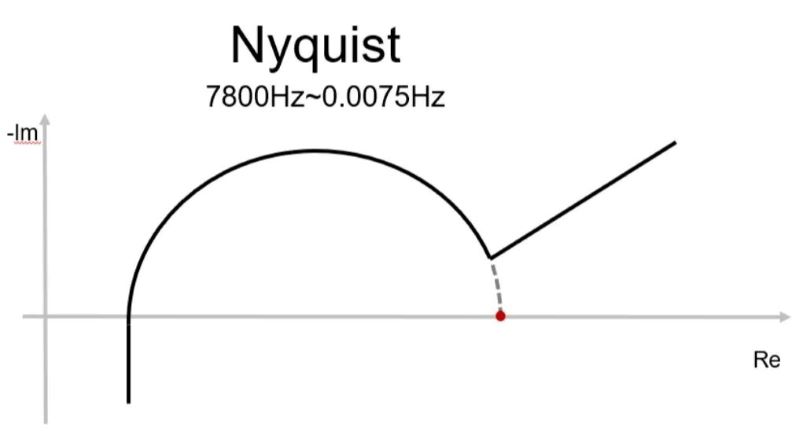
DNB1101 comes with built-in temperature detection function, and the number of temperature sensors can reach twice the number of battery cells, achieving a temperature detection coverage of 200% without the need for additional NTC and related peripheral circuits. The only AC impedance spectrum detection function in the industry makes advanced system security detection possible. The chip supports both on chip and off chip balancing methods, making circuit design more flexible and allowing for greater cost optimization space. The chip has powerful diagnostic capabilities, supporting programmable overvoltage and undervoltage alarms, high and low temperature alarms, and other chip related abnormal alarms. Based on the AC impedance spectrum function, it can even achieve advanced warning of safety risks of thermal runaway, giving the battery ultimate safety performance.
DNB1101 has a wide range of applications and has been favored by multiple TOP level battery factories/energy storage integrators. The order growth rate is huge, and it has exceeded the tens of millions level, obtaining market inspection and high recognition from customers.
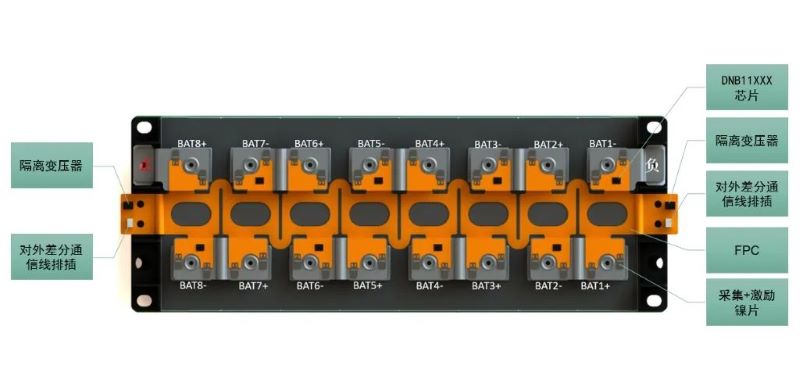
The electrochemical impedance spectroscopy (EIS) function of DNB1101 enables real-time online detection of changes in the internal mechanism of the battery, obtaining the true state of the battery, so that timely measures can be taken when there is a deterioration trend in the battery, keeping the battery pack in a healthy state. While improving the reliability of system operation, it also reduces system operating costs, providing economic and technical guarantees for partners.
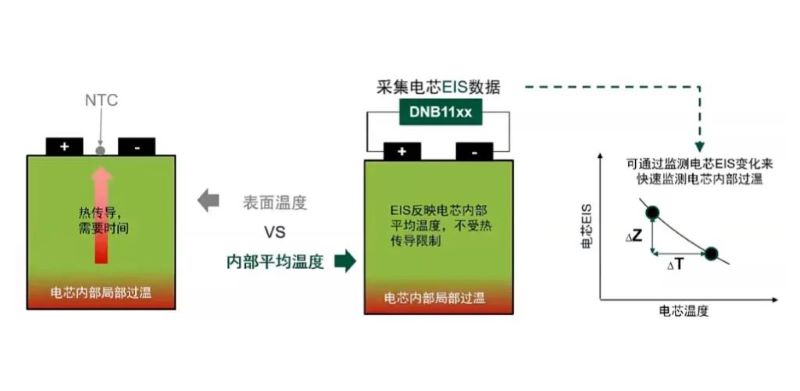
In the future, our company will continue to conscientiously and strictly implement the national dual carbon strategy, continue technological innovation, break through industry barriers, deliver more high-performance battery management chips to the market, create more efficient energy storage system solutions, and continuously break through the practice of "zero carbon smart park" to promote the green and low-carbon development of the industrial and commercial energy storage industry, and contribute to the realization of the national dual carbon goal.